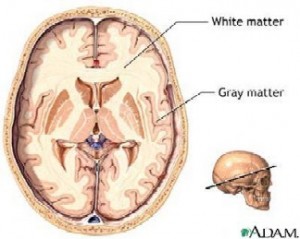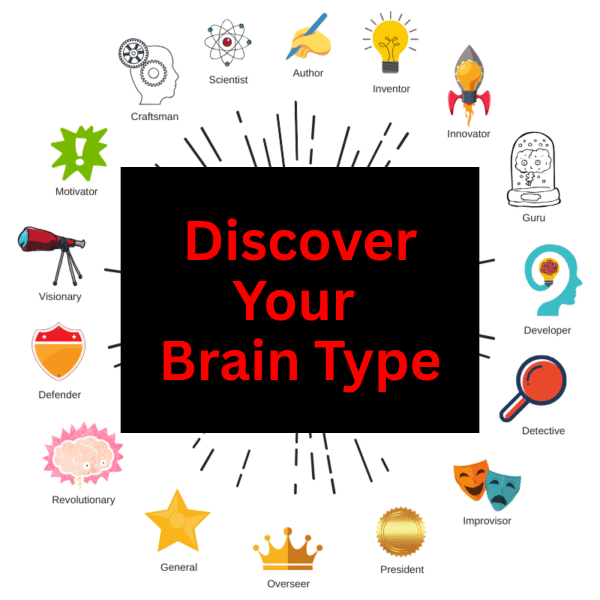Exercise: A Vital Key to Brain Health
When it comes to brain health, exercise isn’t just beneficial—it’s vital. The brain is composed of two essential types of tissue: gray matter, which is responsible for processing information and cognition, and white matter, which coordinates communication between different brain regions. The health and volume of white matter play a critical role in how well we learn and function. When white matter deteriorates, it can lead to cognitive dysfunctions, including dementia.
Exercise and White Matter: The Scottish Study
A 2012 study from the University of Edinburgh underscores the importance of physical activity in maintaining white matter health. Researchers set out to examine how non-dietary factors—exercise, mental stimulation, and social interaction—affect white matter integrity. They recruited 691 participants aged 70, who reported their levels of physical, mental, and social activity.
Three years later, advanced imaging techniques revealed the state of their white matter. The findings were striking: participants with the highest levels of physical activity had significantly healthier white matter, showing fewer lesions and less atrophy. Surprisingly, mental and social activities didn’t appear to have the same protective effect on white matter health in this older age group.
Other studies have shown that people who participated in aerobic fitness training had increased brain volumes and increased white and gray matter. The increased gray matter reflected increased numbers of neuronal cell bodies, whereas white matter areas showed increased axons.
Why Does Physical Activity Matter?
While the researchers speculated that mental and social activities might have stronger effects earlier in life, physical activity seems to have a unique ability to preserve white matter health into older age. This aligns with other research that highlights exercise’s ability to improve blood flow, reduce inflammation, and promote neural repair—all factors crucial for maintaining brain health.
A Balanced Approach to Brain Health
While exercise appears to be a standout factor, the takeaway isn’t to rely solely on one approach. Dr. Alan J. Gow, the study’s lead author, emphasized the importance of a balanced strategy:
- Stay Physically Active: Regular exercise is critical for brain health, especially as we age.
- Engage Mentally: While this study found minimal impact of mental activity on white matter, mental stimulation remains essential for overall cognition and well-being.
- Foster Social Connections: Strong social ties improve quality of life and mental health, even if their direct impact on white matter health isn’t significant in later life.
- Prioritize Nutrition: A balanced diet with brain-supporting nutrients can complement the benefits of exercise and mental engagement.
The Bottom Line
For lifelong brain health, move your body, fuel it with the right nutrients, challenge your mind, and nurture your social connections. Physical activity may take center stage for preserving white matter in older age, but a holistic approach offers the best protection against premature brain decline and enhances overall quality of life.
- Godin O, Maillard P, Crivello F, Alpérovitch A, Mazoyer B, Tzourio C, Dufouil C. Association of white-matter lesions with brain atrophy markers: the three-city Dijon MRI study. Cerebrovasc Dis. 2009;28(2):177-84. doi: 10.1159/000226117. Epub 2009 Jun 25.
- Gow AJ, Bastin ME, Muñoz Maniega S, Valdés Hernández MC, Morris Z, Murray C, Royle NA, Starr JM, Deary IJ, Wardlaw JM. Neuroprotective lifestyles and the aging brain: Activity, atrophy, and white matter integrity. Neurology. 2012 Oct 23;79(17):1802-1808.
- Saczynski JS, Jonsdottir MK, Sigurdsson S, Eiriksdottir G, Jonsson PV, Garcia ME, Kjartansson O, van Buchem MA, Gudnason V, Launer LJ. White matter lesions and cognitive performance: the role of cognitively complex leisure activity. J Gerontol A Biol Sci Med Sci. 2008 Aug;63(8):848-54.
- Tan ZS, Harris WS, Beiser AS, Au R, Himali JJ, Debette S, Pikula A, Decarli C, Wolf PA, Vasan RS, Robins SJ, Seshadri S. Red blood cell ω-3 fatty acid levels and markers of accelerated brain aging. Neurology. 2012 Feb 28;78(9):658-64. doi: 10.1212/WNL.0b013e318249f6a9.
- Vernooij MW, Ikram MA, Vrooman HA, Wielopolski PA, Krestin GP, Hofman A, Niessen WJ, Van der Lugt A, Breteler MM. White matter microstructural integrity and cognitive function in a general elderly population. Arch Gen Psychiatry. 2009 May;66(5):545-53. doi: 10.1001/archgenpsychiatry.2009.5.
- https://pmc.ncbi.nlm.nih.gov/articles/PMC4410170/
- https://alz-journals.onlinelibrary.wiley.com/doi/10.1016/j.trci.2017.04.001
- https://pmc.ncbi.nlm.nih.gov/articles/PMC4410170/#R11
- https://pmc.ncbi.nlm.nih.gov/articles/PMC4410170/#R12










